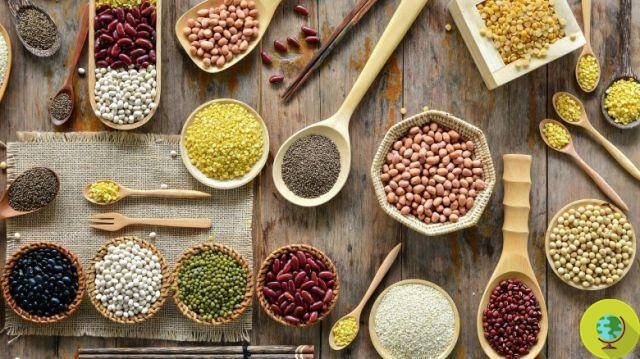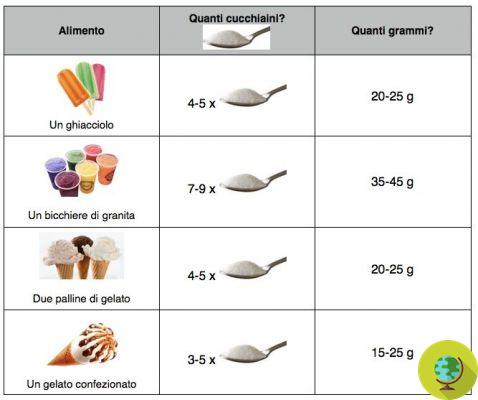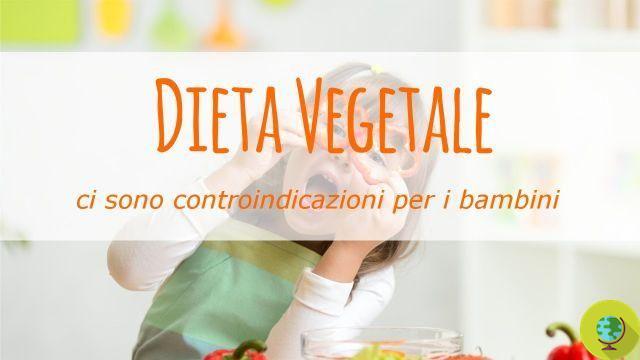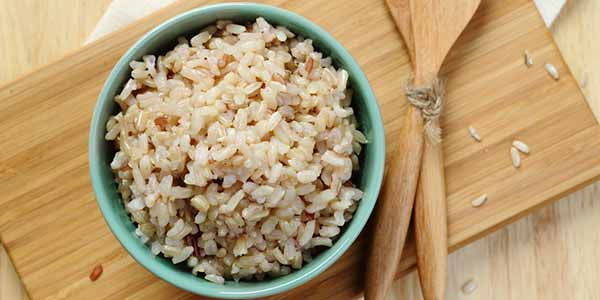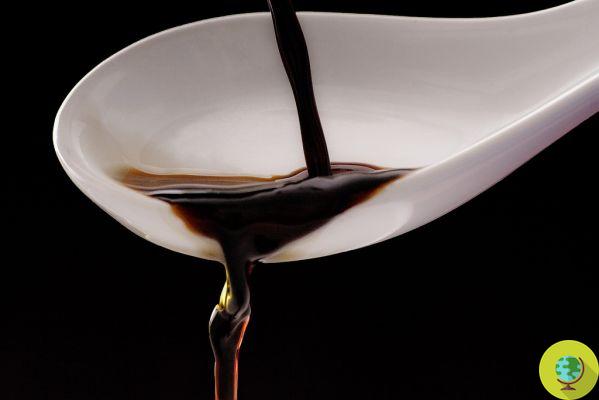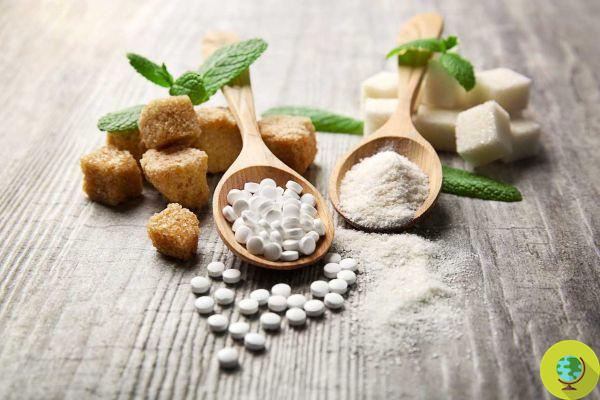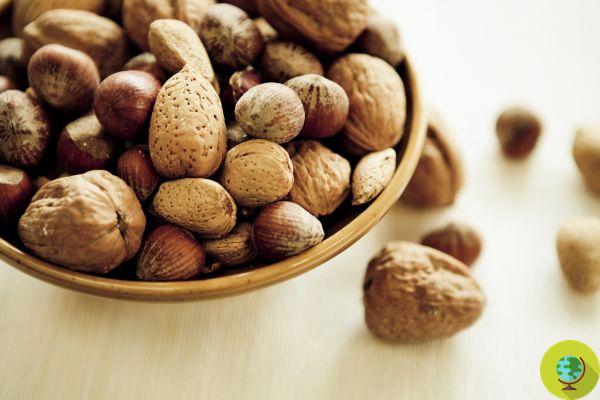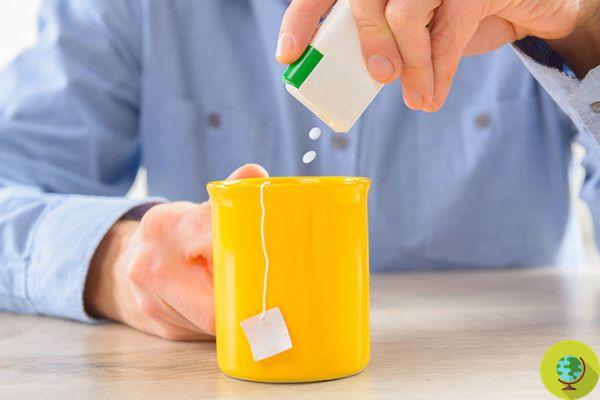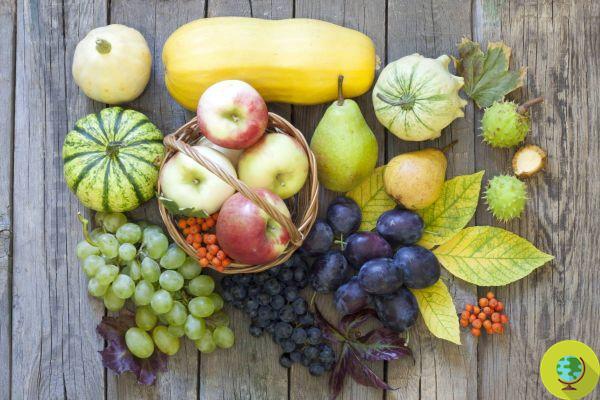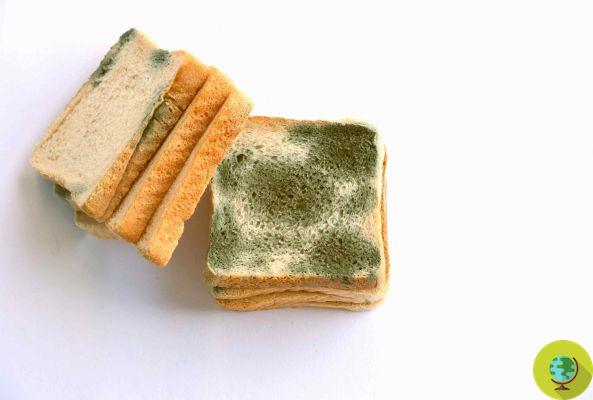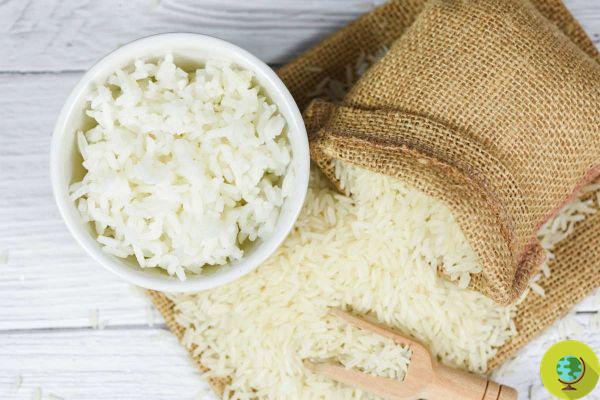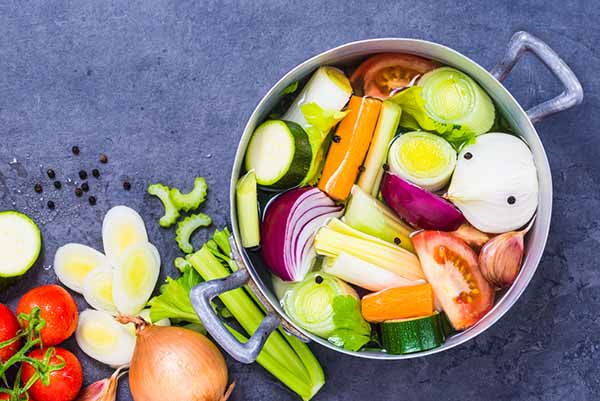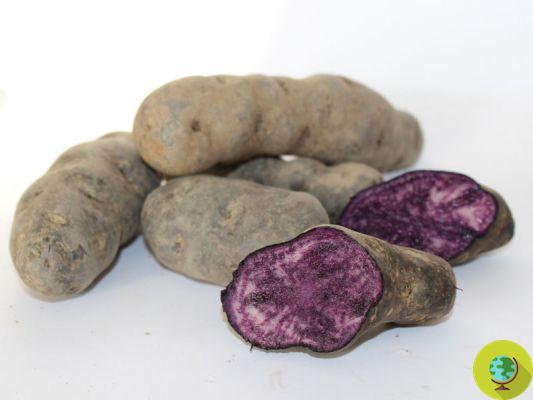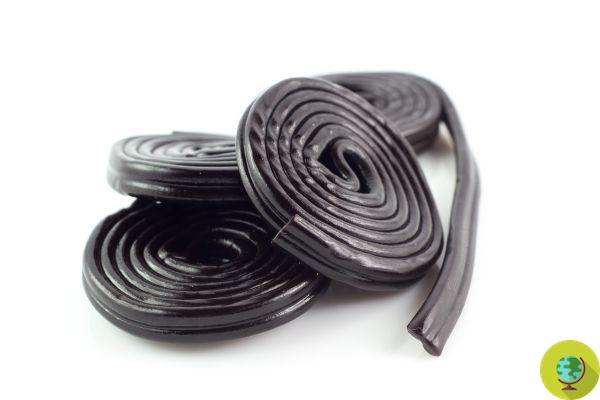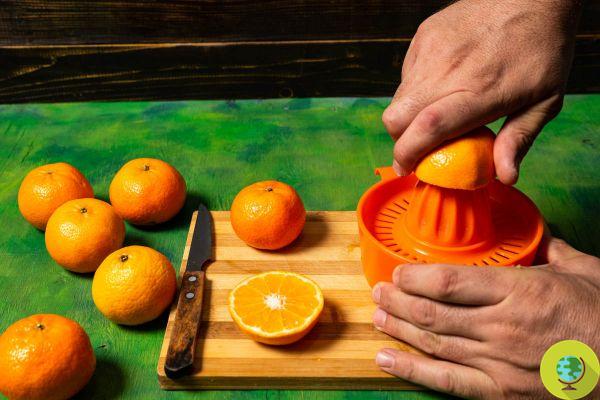
Some simple tips to prepare an orange juice by minimizing the risk of ingesting pesticides
Don't store avocado like this: it's dangerousA glass of freshly squeezed orange juice is a tasty and easy way to guarantee yourself a good dose of vitamin C. As we know, however, (non-organic) oranges are often treated with pesticides, especially on the peel. So here are some simple tips to prepare a juice while minimizing the risk of ingesting these substances.
Conventionally grown oranges are often treated with waxes and pesticides and this has been shown by several tests that show that these fruits are often contaminated.
Read: Not just juice! 5 juices rich in vitamins to be made with Sicilian oranges
Pesticides are used on the peels as, during transport and storage, even in optimal conditions, mold can spread on citrus fruits and ruin them. The active ingredient, which is applied to the fruit by dipping or spraying, remains almost completely on the peel and only small traces manage to reach the inside.
What substances are used to treat oranges?
The preservatives orthophenylphenol (E231) and sodium orthophenylphenol (E232) are approved for the treatment of citrus peel. Furthermore, thiabendazole and imazalil are mainly used as post-harvest treatment agents.
In the case of citrus fruit whose surface has been treated with one or more of the aforementioned agents after harvesting, this must be indicated on the package which will therefore also bear the inscription "Inedible peel".
The addition “artificially waxed” instead means that the shell has been coated with a layer of wax to avoid excessive loss of moisture.
In some studies, which date back to the 90s, however, only a small percentage of the peel treatment agents were able to make it into the orange juice. In 43 thiabendazole-treated orange samples, a mean thiabendazole concentration of 2,3 mg / kg was found based on the total fruit. A value well below the maximum quantity of 5 mg / kg allowed for citrus fruits in the (EU) Regulation concerning the permitted levels of residues.
A low risk, therefore, but always to be considered. So how can we make sure that we have an orange juice that is really healthy and without the presence of unwanted substances?
How to prepare orange juice
The first useful tip is, of course, to buy untreated or organically grown oranges. But when this is not possible, we have an alternative: put in place some small measures to avoid as much as possible to migrate the pesticides from the peel to the juice.
The Bavaria consumer portal in Germany provides us with useful advice in this regard:
- Before squeezing the fruit, wash it thoroughly with warm water and then dry it with kitchen paper. Also, wash your hands thoroughly. In this way it is possible to minimize the risk that the contaminating residues present on the peel pass into the juice.
- If you buy orange juice at the bar or at a stand, pay attention to the hygiene of the press or the machine and ask the courtesy to wash the oranges first with warm water. You can also ask the seller if the fruit is from conventional or organic farming.
These precautionary measures make sense, but we also don't have to worry too much about the pesticide contamination of the orange juice: the research results cited by the German portal show that only a very small part of the pesticide residues passes into the juice during pressing.
Follow your Telegram | Instagram | Facebook | TikTok | Youtube
Source: Vis Bayern
Read also:
- Pesticide juices: such as Florida oranges and lemons increase antibiotic resistance
- Spanish citrus fruits treated with Imazalil seized in Sicily
- Tips and ideas for reusing orange peels




